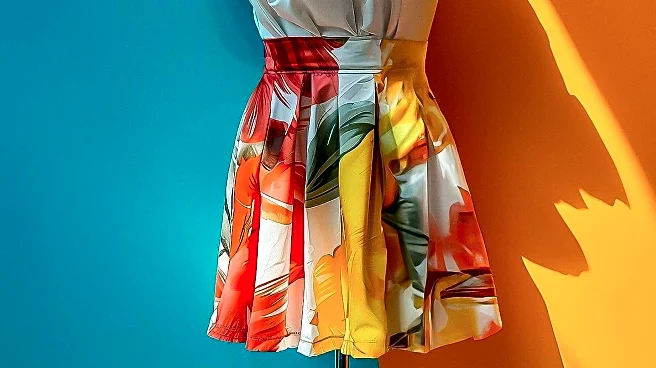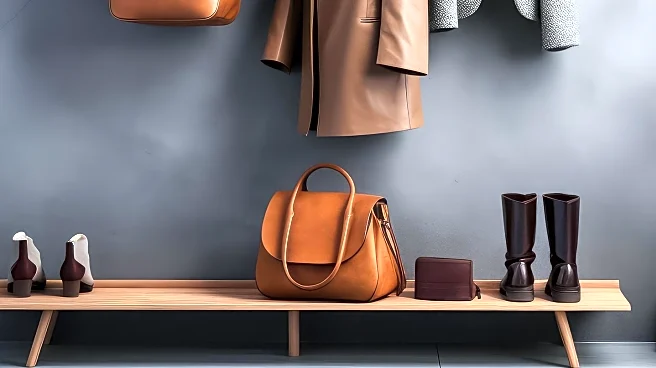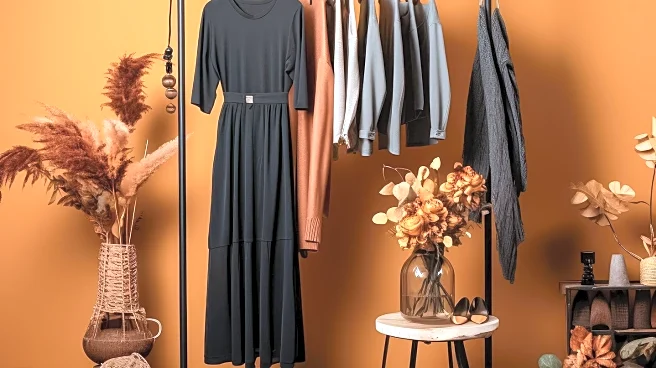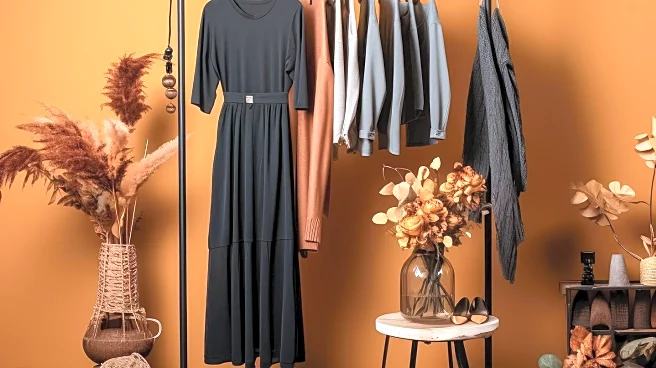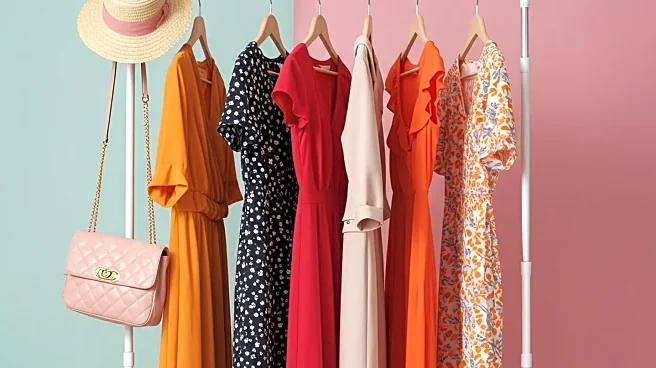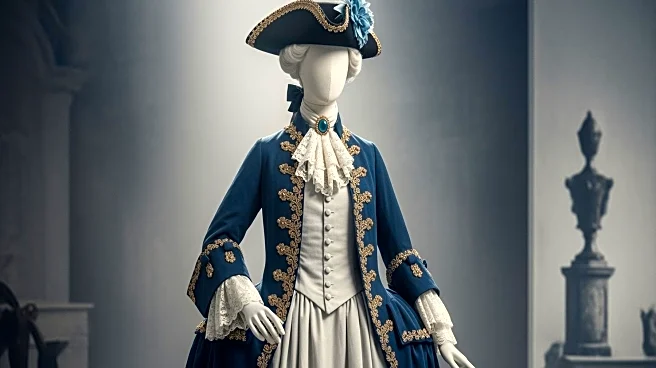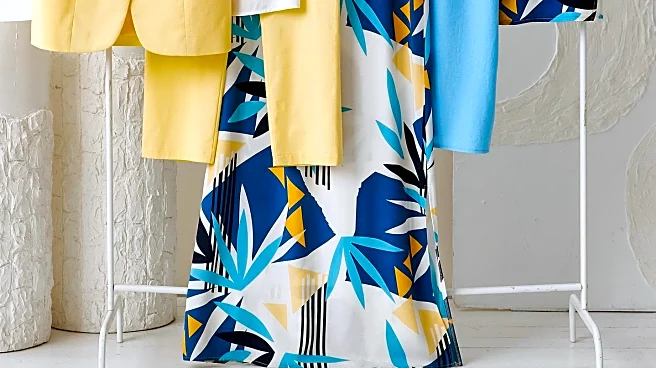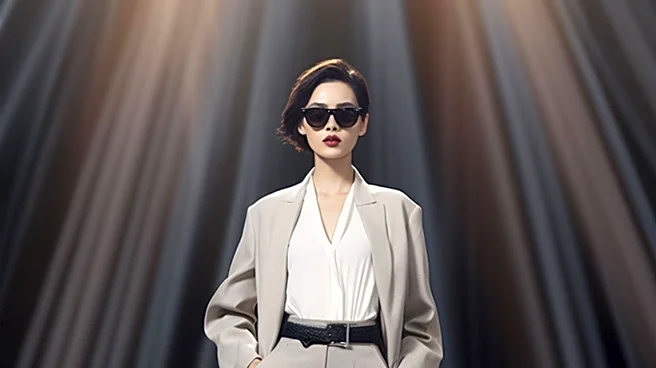What's Happening?
The fashion industry is experiencing a significant reshuffle with 14 designers debuting as creative directors for influential fashion houses during the spring/summer 2026 collections. This shift has led to a blend of new beginnings and familiar trends.
Despite the stylistic realignments, the trends emerging from the catwalks include featherlight designs, ruffle play, floral patterns, shades of yellow, fringe festival, Marie Antoinette-inspired volumes, lilac hues, silhouette play, dark lingerie looks, and vibrant orange tones. These trends reflect a mix of historical influences and modern interpretations, showcasing the versatility and creativity within the industry.
Why It's Important?
The reshuffle of creative directors in the fashion industry marks a pivotal moment, potentially influencing future design directions and brand identities. This change can impact consumer preferences and market dynamics, as new creative visions may attract different demographics and redefine brand loyalty. The trends for SS26, such as the return of vibrant colors and historical silhouettes, suggest a shift towards more expressive and diverse fashion choices. This could lead to increased consumer engagement and sales, benefiting fashion houses that adapt successfully to these changes.
What's Next?
As the new creative directors settle into their roles, the fashion industry may see further evolution in design philosophies and brand strategies. Stakeholders, including fashion retailers and consumers, will likely monitor these developments closely, assessing how they align with market demands and cultural shifts. Future fashion weeks will be crucial in determining whether these trends gain traction or evolve further, influencing the industry's direction and consumer behavior.
Beyond the Headlines
The reshuffle in the fashion industry highlights the ongoing challenge of balancing innovation with tradition. Ethical considerations, such as sustainable practices and cultural representation, may become more prominent as new directors bring fresh perspectives. This could lead to long-term shifts in how fashion is produced and consumed, emphasizing the importance of responsible and inclusive design.
